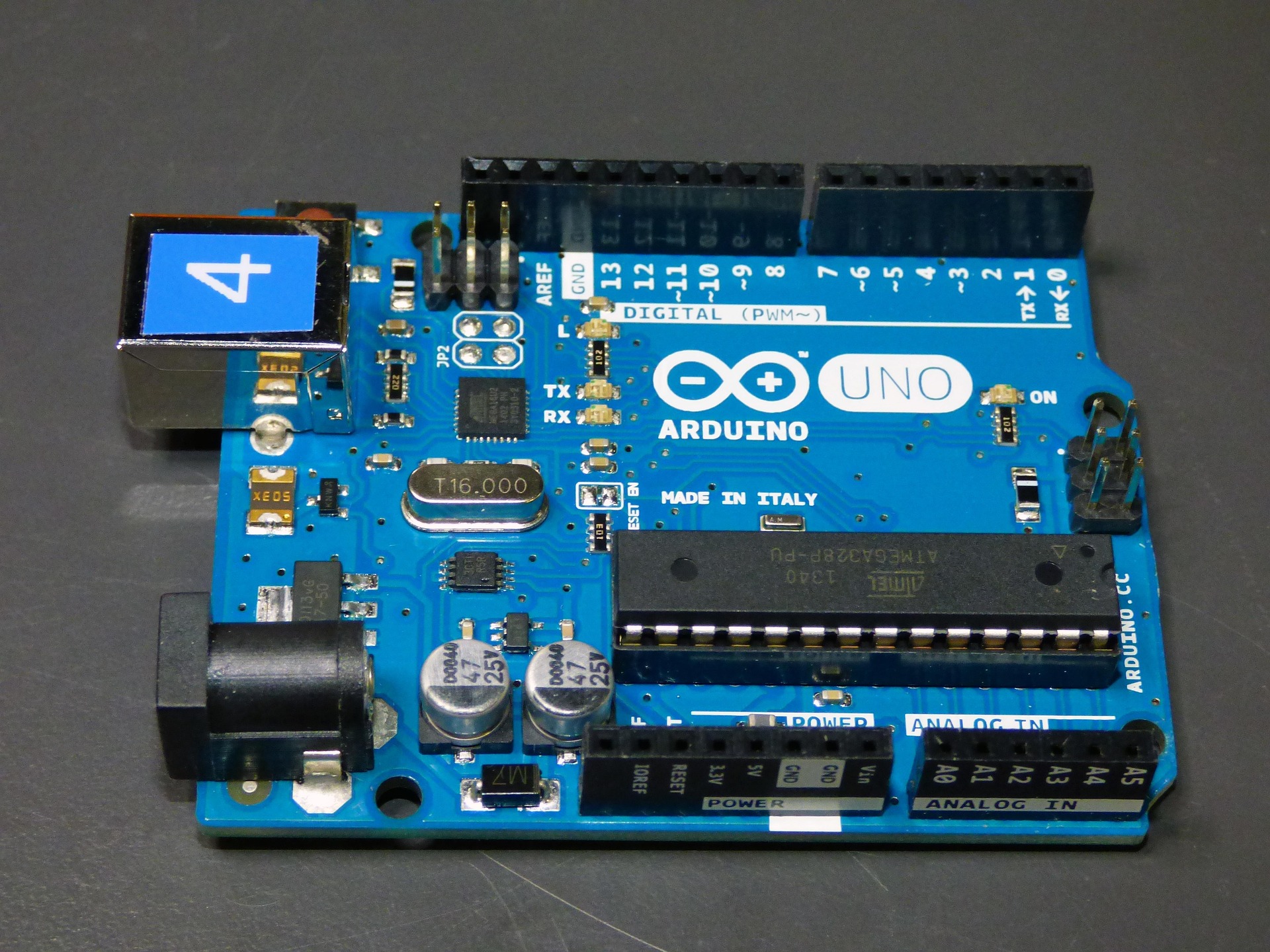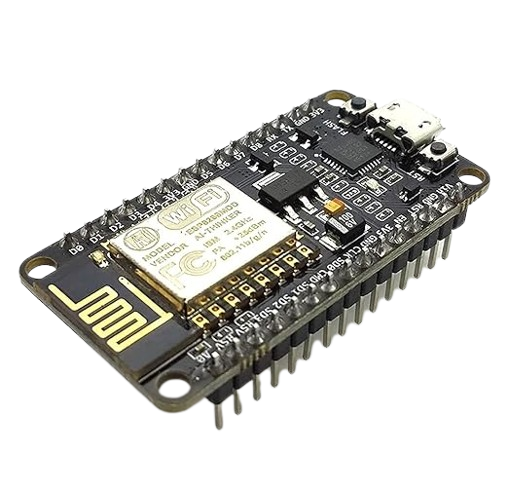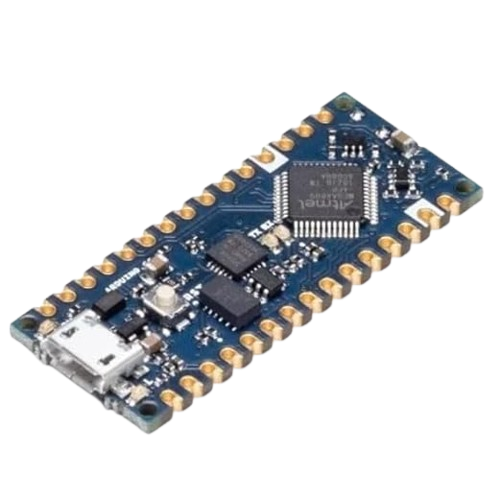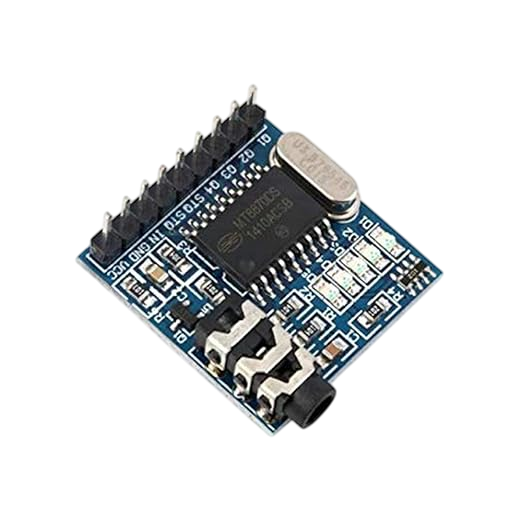STM32 Microcontroller: Complete Technical Guide, Features, Pinout, and Programming with Example Code
Explore the complete technical guide on STM32 microcontrollers, covering key features, pinout details, architecture overview, and step-by-step programming with example code. Ideal for embedded system developers and electronics engineers seeking in-depth STM32 knowledge. This article offers clear, accurate, and professional insights to help you get started with STM32-based development.

Device Overview
What is STM32 Microcontroller?
STM32 is a family of 32-bit microcontrollers developed by STMicroelectronics, based on ARM Cortex-M processor cores. These microcontrollers are known for their high performance, low power consumption, and rich set of peripherals, making them ideal for a wide range of embedded applications. STM32 MCUs are widely adopted in industrial automation, automotive systems, robotics, consumer electronics, and more.
Unlike 8-bit or 16-bit microcontrollers, STM32 offers superior computing power, real-time capabilities, and advanced peripheral integration — all in a cost-effective package.
Core Features of STM32 Microcontrollers
| Feature | Description |
|---|---|
| CPU Architecture | ARM Cortex-M0, M0+, M3, M4, M7, M33, M35P |
| Bit Width | 32-bit RISC Architecture |
| Flash Memory | 16 KB to 2 MB |
| RAM (SRAM) | 2 KB to 1 MB |
| Operating Frequency | Up to 480 MHz (depends on model) |
| Power Supply | 1.8V to 3.6V |
| I/O Pins | Up to 168 |
| Timers | Basic, General-Purpose, and Advanced Timers |
| ADC | 12-bit to 16-bit resolution |
| DAC | Up to 2 Channels |
| Interfaces | UART, USART, SPI, I2C, CAN, USB, SDIO, Ethernet |
| Power Modes | Sleep, Stop, Standby, Shutdown |
| Debugging | SWD, JTAG, ETM (in some variants) |
| Package Types | QFP, BGA, WLCSP, LQFP, UFQFPN |
STM32 Microcontroller Architecture
The STM32 microcontroller architecture is built around ARM Cortex-M cores and includes several essential modules and buses for efficient performance.🔹 Key Components:
-
CPU Core: Based on ARM Cortex-M0/M3/M4/M7, optimized for real-time embedded systems.
-
AHB/APB Buses: Advanced High-performance Bus and Advanced Peripheral Bus for internal communication.
-
Nested Vectored Interrupt Controller (NVIC): For managing interrupts efficiently.
-
SysTick Timer: Provides system tick timing for OS support.
-
Direct Memory Access (DMA): Transfers data without CPU intervention.
-
Flash Controller: Manages on-chip program memory.
-
Clock Control System (RCC): Handles clock configurations and peripheral enable.
STM32 Microcontroller Series & Types
STM32 microcontrollers are categorized into several series based on performance, power, and feature set:
1. STM32F0 Series – Entry-Level
- ARM Cortex-M0 core
- Low power, low cost
- Best for simple control applications
2. STM32F1 Series – Mainstream
- ARM Cortex-M3 core
- Good balance between cost and features
- One of the most widely used series
3. STM32F2 Series – High Performance
- Cortex-M3 core with better performance than F1
- Enhanced memory interface and DMA
4. STM32F3 Series – Mixed-Signal MCU
- Cortex-M4 core with analog features
- Ideal for motor control, sensors, signal processing
5. STM32F4 Series – High-Performance DSP MCU
- ARM Cortex-M4 core with FPU
- Supports DSP applications, multimedia, audio
6. STM32F7 Series – Advanced Processing
- ARM Cortex-M7 core
- Higher performance, suitable for real-time complex systems
7. STM32H7 Series – Ultra-High Performance
- Dual-core: Cortex-M7 + Cortex-M4
- Highest clock speed (up to 480 MHz)
- Ideal for AI, image processing, data processing
8. STM32L Series – Ultra-Low Power
- Cortex-M0+/M3/M4 based
- Suitable for battery-operated applications
9. STM32G Series – General Purpose
- Mix of performance, analog capability, and robustness
10. STM32WB / STM32WL (Wireless Series – Excluded Here)
-
Note: These series are designed for wireless/IoT. We are not covering them as per your requirement.
Pinout and Peripherals
STM32 microcontrollers come in various packages, so pinouts vary. However, the common types of pins include:| Pin Name | Function |
|---|---|
| VDD / VSS | Power and Ground |
| NRST | Reset |
| PAx, PBx, PCx… | GPIO (General Purpose I/O) |
| SWDIO, SWCLK | Serial Wire Debug |
| TX / RX | UART Communication |
| SCL / SDA | I2C Communication |
| MISO / MOSI / SCK | SPI Communication |
| ADCx_IN | Analog Inputs |
| DAC_OUT | Analog Output |
| TIMx_CHx | Timer Channels for PWM / Input Capture |
STM32 Programming Overview
STM32 MCUs are programmed in Embedded C using the following tools:
Popular IDEs and Tools
| Tool | Description |
|---|---|
| STM32CubeIDE | Official STMicroelectronics IDE (free & complete) |
| Keil µVision | Professional-grade IDE |
| IAR Embedded Workbench | High-performance commercial IDE |
| PlatformIO + VS Code | Modern development environment |
| STM32CubeMX | GUI-based configuration tool (used with other IDEs) |
Programming Models
-
HAL (Hardware Abstraction Layer) – Easy and clean API-based development
-
LL (Low-Layer Libraries) – Closer to hardware, more control, faster
-
Bare-Metal / Register-Level – Direct register access, highest performance
Example: Blinking LED on STM32F103C8T6 (Blue Pill)
Explanation:
- Initializes the HAL library
- Configures system clock and GPIO
- Toggles pin PC13 (LED) every 500ms
STM32 Development Boards
| Board | MCU | Key Features |
|---|---|---|
| STM32F103C8T6 (Blue Pill) | Cortex-M3 | Budget-friendly, popular for beginners |
| STM32 Nucleo Boards | Varies | ST official board with ST-Link |
| STM32 Discovery Kits | Varies | High-end boards with peripherals and sensors |
| STM32 Eval Boards | High-end | Full-featured, industry testing boards |
Comparison: STM32 vs Other Microcontrollers
| Feature | STM32 | ATmega328P | PIC16F877A |
|---|---|---|---|
| Architecture | 32-bit | 8-bit | 8-bit |
| Clock Speed | Up to 480 MHz | 16 MHz | 20 MHz |
| Flash | Up to 2MB | 32KB | 14KB |
| GPIO Pins | Up to 168 | 23 | 33 |
| Core | ARM Cortex-M | AVR | PIC |
| Programming | Embedded C (HAL/LL) | Arduino IDE/C | MPLAB IDE/C |
Conclusion: STM32 is superior in performance, scalability, and modern features.
Applications of STM32 (Without IoT)
- Digital Signal Processing (DSP)
- Audio and video signal processing
- Robotics and automation control
- Medical instrumentation
- Motor control systems
- Power management systems
- Aerospace embedded systems
- Security and surveillance hardware
Where to Buy
| Platform | Price | Action |
|---|---|---|
|
|
₹4,199 | Buy Now |
Prices may vary. Click on "Buy Now" to check current availability and pricing.
Administrator
Frequently Asked Questions
Common questions about STM32 Microcontroller: Complete Technical Guide, Features, Pinout, and Programming with Example Code. Find answers to the most frequently asked questions.
User Reviews & Comments
Share your experience with this IoT device. Your feedback helps our community make informed decisions!
Share Your Experience
Help others by sharing your thoughts about this IoT device.
Related Devices
Explore more IoT devices in the same category
Arduino Uno is a beginner-friendly microcontroller board based on ATmega328P, ideal for IoT and electronics projects. This guide covers its features, specifications, and practical applications to help you build smart systems easily and efficiently.

What is ESP32 in IoT?
Microcontroller
Discover the complete guide to ESP32 with detailed pinout, specifications, and project ideas. Learn how to use ESP32 for embedded systems, automation, smart devices, and real-time applications. Ideal for developers, engineers, and students looking for fast and efficient IoT development. Unlock the power of ESP32 in your next smart project.
This guide covers proven strategies to create technical content that drives traffic, increases visibility. Whether you're a beginner or a seasoned blogger, learn how to write about ESP8266, keyword placement, and reader engagement — without compromising content quality.
Arduino Nano is a powerful, compact board ideal for beginners and experts to create innovative projects, smart applications, and real-world solutions.
MT8870 is a popular DTMF decoder IC that converts dual-tone signals into digital outputs with high accuracy. Widely used in telecommunication systems, remote control circuits, and security devices, it offers reliable tone detection and decoding. This article covers the MT8870 pinout, working principle, features, and circuit applications to help students, engineers, and hobbyists understand its role in electronic projects.




No Reviews Yet
Be the first to share your experience with this IoT device!